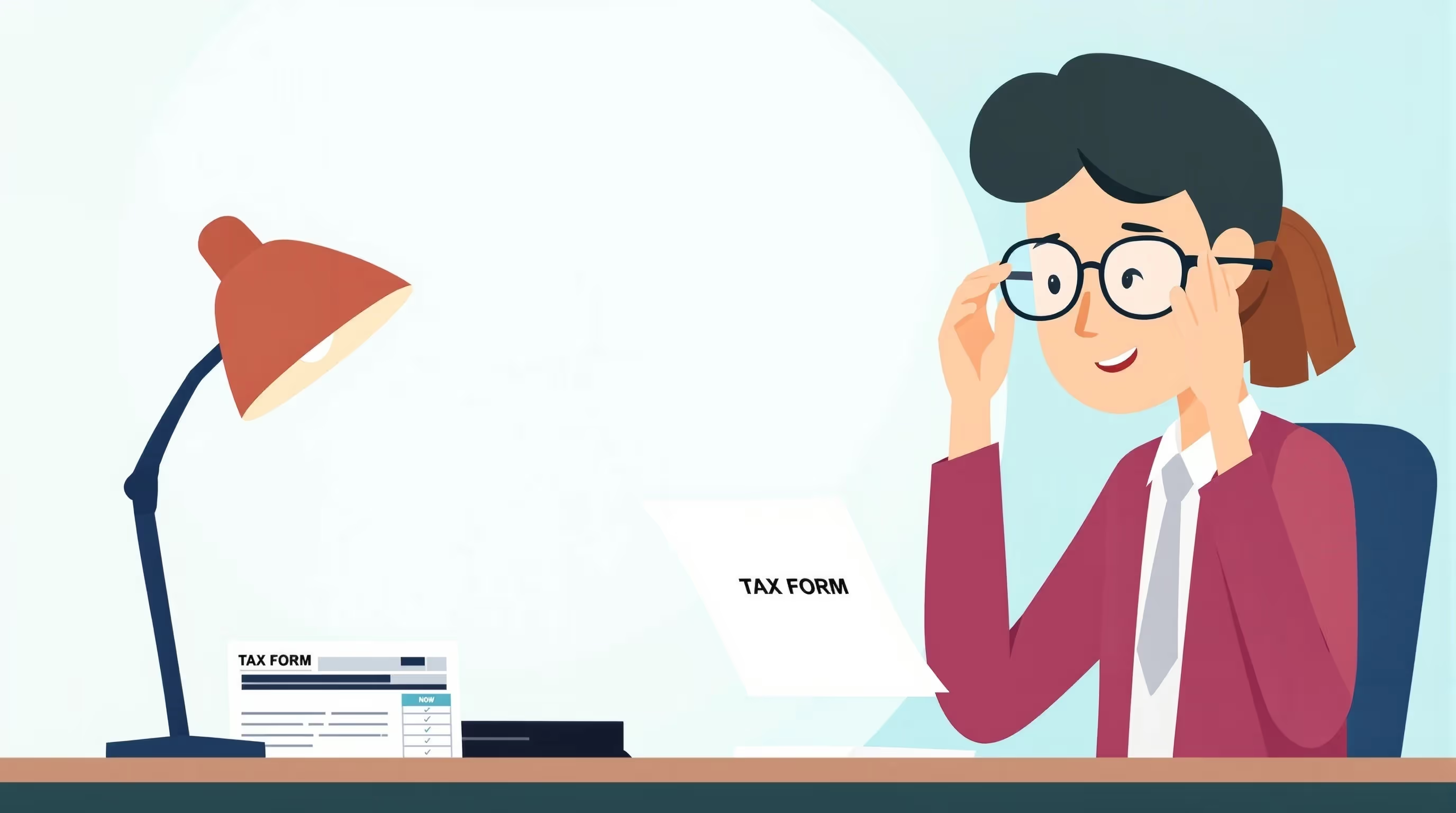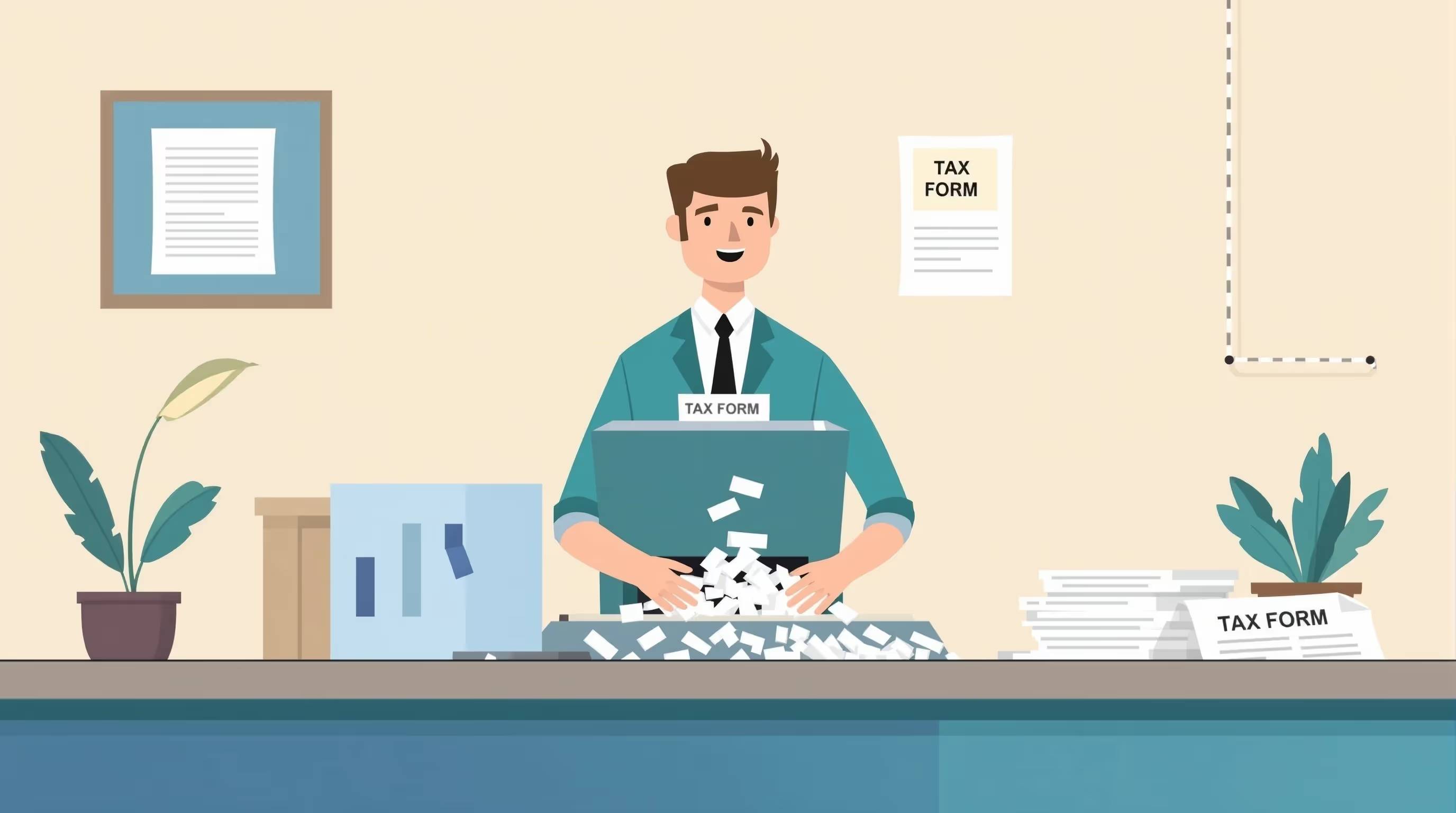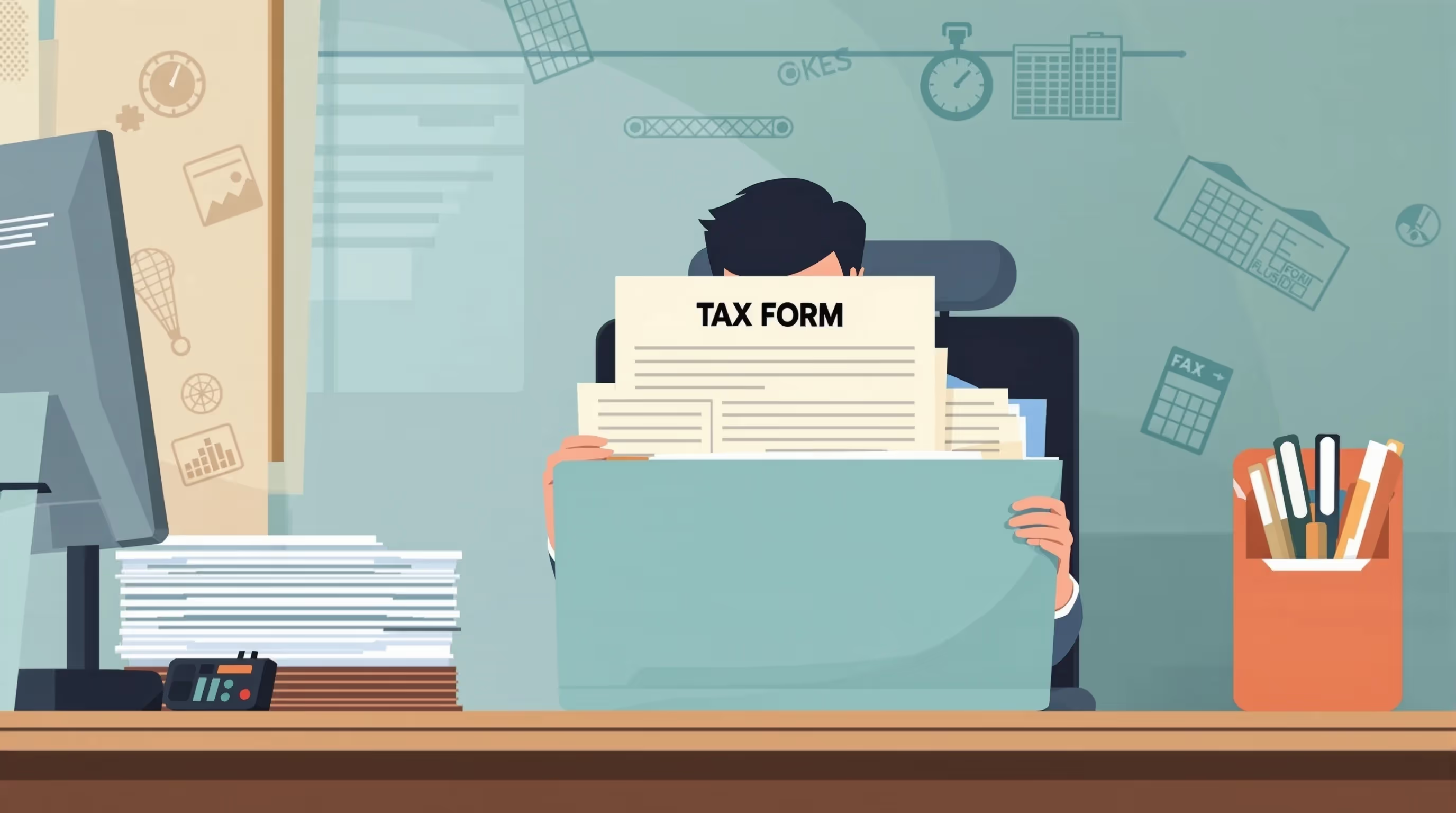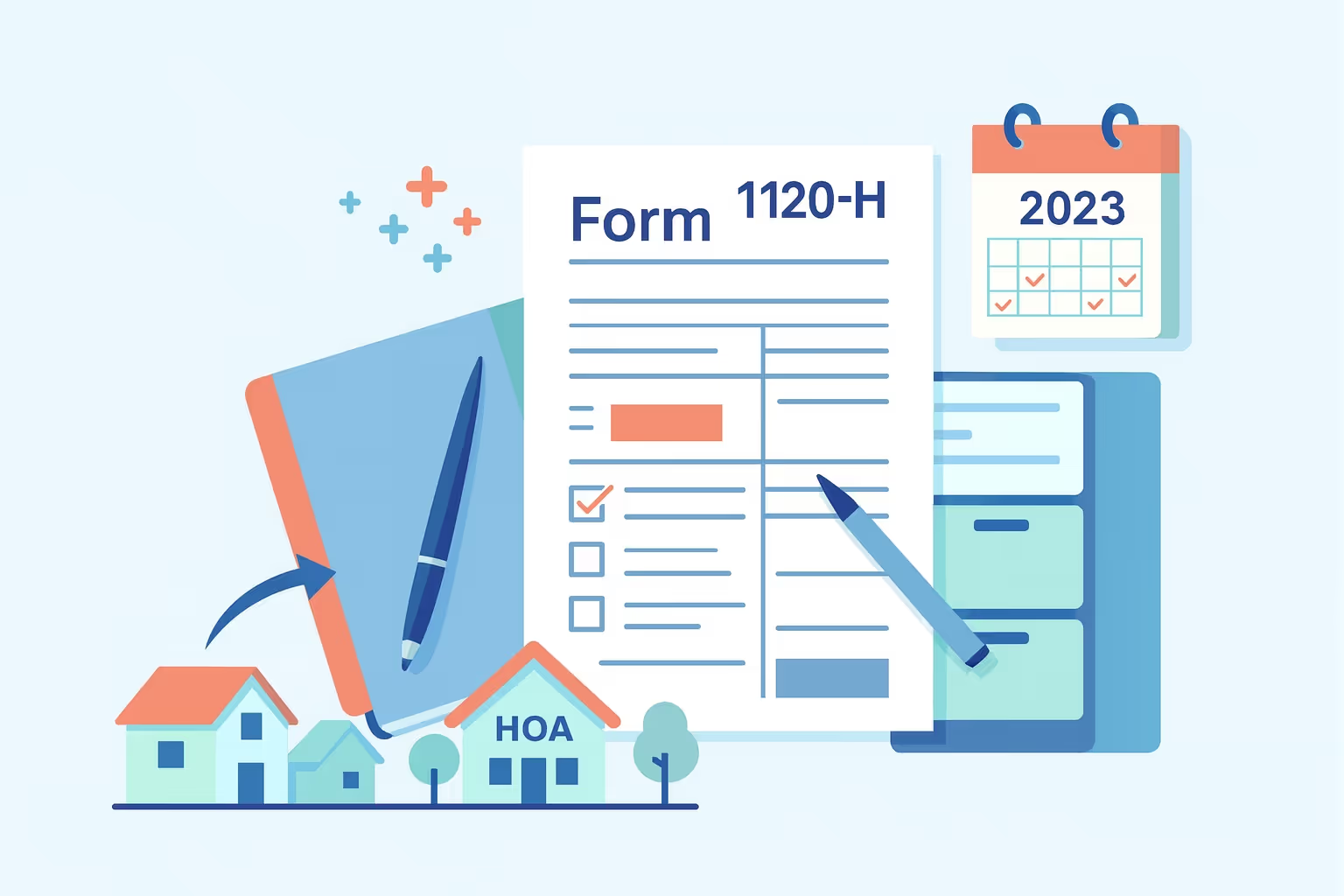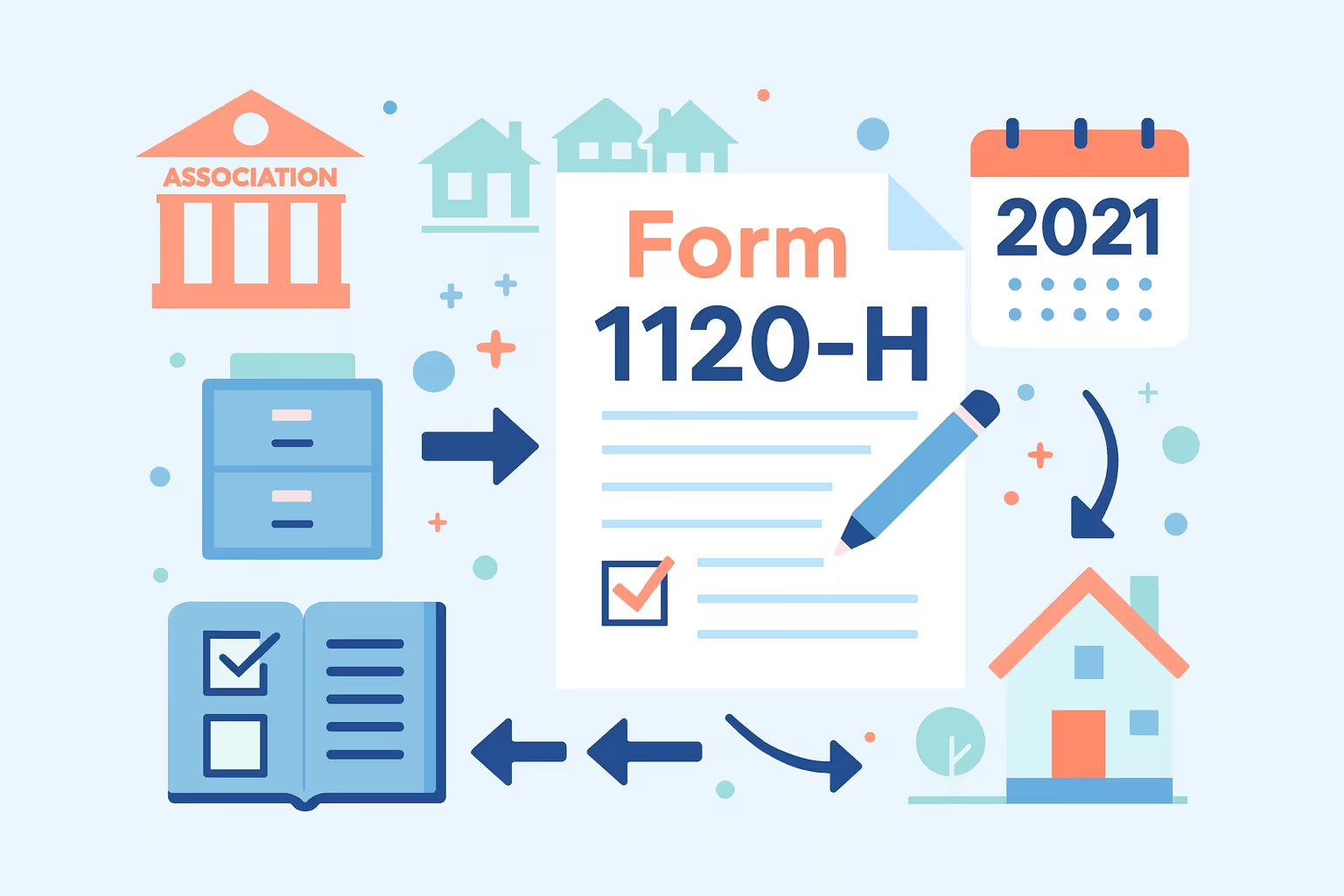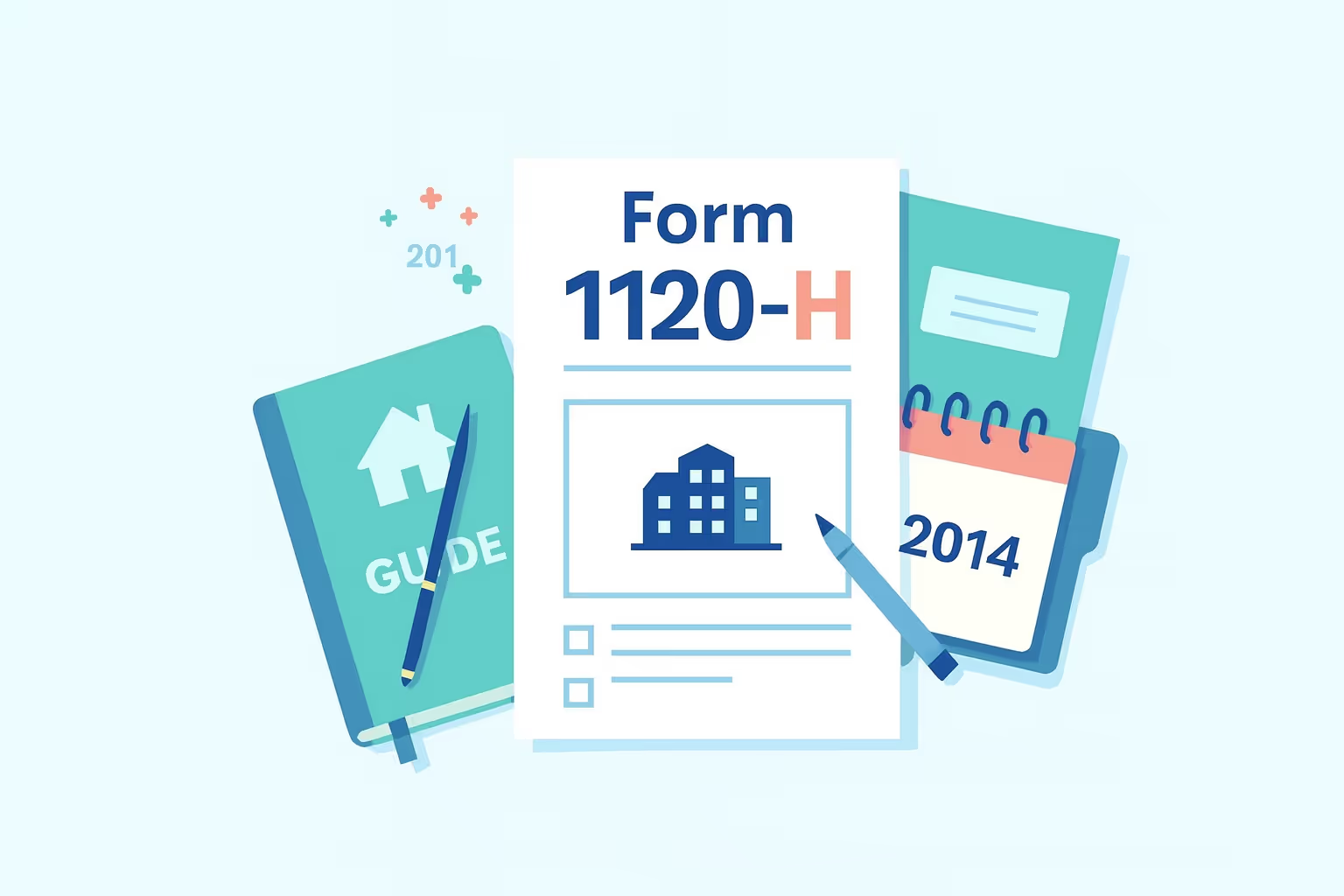Form 1120-H 2017 Instructions for HOAs
Filing Form 1120-H can seem complicated for homeowners' associations unfamiliar with tax regulations, but understanding how it works is essential for compliance and financial efficiency. This specialized income tax return, designed under Section 528 of the Internal Revenue Code, allows associations to claim certain tax benefits and simplify the reporting of exempt and non-exempt income. By closely following the instructions on Form 1120H 2017, associations can avoid errors that may lead to penalties or delayed processing by the Internal Revenue Service.
Form 1120-H is intended to assist qualifying associations in distinguishing between non-exempt function income, such as investment income or non-member rental payments, and exempt function income, such as membership dues and assessments. To guarantee that only taxable income is reported and that associations retain their tax-exempt status where appropriate, exempt function income must be correctly excluded. The proper flat tax rate—30 percent for the majority of homeowner associations and 32 percent for timeshare associations—is also established by this procedure.
To control tax liability and maintain the association's financial stability, it is essential to comprehend how to prepare and file this corporation's income tax return accurately. To assist organizations in meeting IRS standards and maintaining compliance each tax year, this guide simplifies the 2017 filing process by outlining key elements, eligibility requirements, and standard filing procedures.
What Is Form 1120-H?
Form 1120-H is the U.S. Income Tax Return for Homeowners Associations. It was created by the Internal Revenue Service to help associations that manage residential properties report their annual tax returns more easily. The form streamlines how these organizations report exempt and non-exempt income, while also taking advantage of certain tax benefits available under the Internal Revenue Code.
Purpose of the Form
This form is designed specifically for:
- Homeowners’ associations that manage property for residential purposes.
- Condominium management associations are responsible for maintaining shared buildings and common areas within condominium complexes.
- Timeshare associations that oversee vacation property use and maintenance.
These organizations can use Form 1120-H instead of the standard corporate form (Form 1120) if they meet specific criteria, thereby qualifying for simplified reporting and reduced tax obligations.
Benefits of Filing Form 1120-H
Homeowners associations that meet the IRS criteria and choose to file Form 1120-H can receive several advantages:
- They can exclude exempt function income, such as membership dues and assessments, from gross income.
- They are subject to a flat tax rate of 30 percent for most associations and 32 percent for timeshare associations.
- They do not need to file estimated tax payments during the tax year.
- They avoid the alternative minimum tax typically required for other corporations.
By electing this option each tax year, associations simplify their income tax return and focus their resources on property maintenance and member services. Understanding the purpose and benefits of Form 1120-H helps organizations comply with IRS filing requirements while efficiently managing their tax liability.
Eligibility Requirements for Filing
To qualify for Form 1120-H, a homeowners association must meet specific IRS criteria that confirm it operates primarily for the benefit of its members and maintains its property for residential purposes. These requirements ensure that only organizations structured for collective community management are eligible to receive certain tax benefits under the Internal Revenue Code.
The 60% Income Test
The association's exempt function income must account for at least 60% of its total revenue. This covers dues, assessments, and fees that members pay for upkeep or services related to association property. Non-exempt function income, such as rental or investment income from non-members, is not eligible to be included in this threshold.
The 90% Expenditure Test
At least 90 percent of the association’s expenses must be for the maintenance, management, or care of association property used for residential purposes. These expenditures include landscaping, security, and facility upkeep. Administrative expenses that directly benefit property owners and residents also count toward this percentage.
Annual Election Requirement
The election to file Form 1120-H must be made annually by submitting the form for that tax year. Associations that miss the deadline or don't pass the 60% or 90% test are required to submit Form 1120. Every year, the organization's income and expenses are reviewed to make sure they continue to qualify for special tax treatment.
What’s New for Tax Year 2017?
The Internal Revenue Service introduced several changes in 2017 that affected how homeowners' associations file Form 1120-H. These updates aimed to streamline mailing, increase compliance, and ensure accurate payment reporting.
IRS Address Updates
The IRS modified the mailing addresses for specific states, including Georgia, Illinois, Kentucky, Michigan, and Wisconsin. Associations located in these states were required to use new addresses when submitting their returns. Checking the current address on the IRS website remains an essential step before filing any federal tax returns.
Increased Penalties for Late Filing
A higher minimum penalty was imposed in 2017 on associations that filed their income tax returns more than 60 days after the due date. $210 or the lesser of the unpaid tax was the new penalty amount. Because late filing can result in substantial fines, organizations should ensure that their submissions are made on time.
Electronic Filing Clarifications
For corporations with total assets exceeding $10 million that file at least 250 returns annually, the IRS required electronic filing in 2017, despite the majority of homeowner associations being exempt. Since e-filing offers quicker processing, receipt confirmation, and fewer data entry errors, it remains advantageous, even though it is optional for small associations.
Understanding these updates helps associations remain compliant and avoid unnecessary penalties or delays during the filing process.
Step-by-Step Instructions for Completing Form 1120-H
Filing Form 1120-H requires careful preparation and accurate reporting. Following the instructions in Form 1120-H 2017 ensures that homeowners' associations meet IRS filing requirements while correctly calculating taxable income and applicable deductions.
Phase 1 – Pre-Filing Preparation
Before completing the form, associations should gather the following information:
- Association name, Employer Identification Number, and mailing address.
- Financial records showing all sources of income, including assessments, fees, and investment income.
- Expense documentation supporting property maintenance and management activities.
- Prior year returns for reference and consistency.
They should also confirm eligibility by completing the 60% income and 90% expenditure tests and comparing potential tax liability under both Form 1120-H and Form 1120 to determine which provides the most significant tax benefits.
Phase 2 – Completing the Form
- Header Information: Enter the association’s name, EIN, address, and type (residential, condominium, or timeshare).
- Income Section (Lines 1–8): Report only taxable income, such as interest, dividends, rental income from non-members, and other non-exempt function income. Exclude exempt function income, such as membership dues and assessments.
- Deductions Section (Lines 9–16): Claim only deductions directly connected to producing taxable income, including maintenance expenses for income-producing property and professional fees.
- Tax Calculation (Lines 17–22): Subtract total deductions from total income, apply the $100 specific deduction, and calculate tax using the applicable flat tax rate.
Phase 3 – Finalizing and Submitting
After completing the form, associations must:
- Report any estimated tax payments or credits from prior years.
- Determine whether a balance is due or a refund is available.
- Ensure that an authorized officer, such as the president or treasurer, signs the return.
- Keep copies of all supporting documentation for future reference.
Completing each phase accurately ensures compliance with IRS filing requirements and reduces the risk of penalties or amended returns.
Filing and Payment Options
Homeowners' associations can file their annual tax returns either electronically or by mail. The filing method depends on the organization’s size, filing history, and access to authorized e-file software. Each technique has specific rules that must be followed to ensure compliance and avoid late filing penalties.
Electronic Filing (E-File)
E-filing provides a faster and more accurate method for submitting Form 1120-H. It gives instant confirmation of receipt and reduces common errors caused by manual entry.
To e-file successfully, an association should:
- Use IRS-approved software that supports corporate returns.
- Verify that all financial information matches internal records.
- Submit before the due date to avoid delays or rejections.
Although not mandatory for most homeowner associations, e-filing is highly recommended for efficiency and error prevention.
Paper Filing
Paper filing remains acceptable for minor associations. The correct mailing address varies depending on the state in which the organization operates. For tax year 2017, new addresses were applied to several states, including Georgia, Illinois, Kentucky, Michigan, and Wisconsin. Associations should always check the IRS website before mailing their returns.
When filing by mail, the organization should:
- Include all required schedules and attachments.
- Use black or blue ink and original signatures.
- Keep a complete copy for association records.
- Use certified mail to verify delivery.
Payment Methods
Associations must pay any balance due by the original filing deadline, even if they request an extension of time. Accepted payment options include:
- Electronic Federal Tax Payment System (EFTPS): A free IRS service that allows secure online payments.
- Online banking: Many banks offer IRS payment options for a small processing fee.
- Phone payments: Using the IRS-authorized 1-888-PAY-1040 system.
- Check or money order: Made payable to “United States Treasury” and mailed separately from the return.
Submitting payments on time helps associations avoid interest and penalties, protecting the organization’s finances.
Required Attachments and Schedules
When filing Form 1120-H, homeowners' associations must include the correct attachments and schedules to support their income and deduction entries. These documents verify that the income tax return is complete and substantiated correctly in accordance with Internal Revenue Service requirements.
Common Attachments
- Form 4136 – Credit for Federal Tax Paid on Fuels: This form is required when an association claims a fuel tax credit, typically related to vehicles used for property maintenance or landscaping purposes.
- Schedule D (Form 1120) – Capital Gains and Losses: This schedule must be filed if the association reports gains or losses from the sale of investments or other property.
- Form 4797 – Sales of Business Property: This form is used when there are gains or losses from selling business or association property, such as maintenance equipment or land.
- Form 4562 – Depreciation and Amortization: This form is required when the association claims depreciation on assets like buildings, vehicles, or significant equipment.
Supporting Statements
- Each “Other Income” line must include a detailed statement listing the source, amount, and nature of the income.
- Each “Other Deductions” line must include a statement describing the type of expense, the amount, and how it directly relates to producing taxable income.
- All statements should be clearly labeled and organized in the same order as they appear on the form.
Filing Order and Organization
- Attach all required IRS forms, starting with Form 4136 and any applicable schedules.
- Arrange supporting schedules in alphabetical order and by numerical order.
- Include detailed statements immediately after their related schedules.
- Ensure that all pages display the association’s name and Employer Identification Number.
Submitting a complete and properly organized set of attachments ensures accurate processing and reduces the likelihood of the IRS requesting additional documentation.
Common Mistakes to Avoid
Mistakes in completing Form 1120-H can lead to penalties, delayed processing, or additional correspondence from the IRS. Understanding frequent errors helps associations prepare accurate filings and maintain compliance with federal tax regulations.
Eligibility and Reporting Errors
- Filing Form 1120-H without meeting the 60 percent income or 90 percent expenditure test violates filing requirements and may disqualify the election under Section 528.
- Including exempt function income, such as membership dues or assessments, in taxable income results in overreporting and potential overpayment.
- Failing to report non-exempt income, such as rental income or investment income, can result in underreporting and potentially lead to penalties.
Deduction and Documentation Issues
- Claiming expenses that are not directly connected to taxable income violates IRS guidelines and may result in disallowed deductions.
- Omitting required schedules or supporting statements prevents proper verification of entries and may trigger an IRS review.
- Failing to maintain financial records for the current year reduces transparency and complicates future filings.
Filing and Signature Problems
- Using outdated IRS mailing addresses can result in misdirected returns and delayed processing.
- Submitting unsigned returns or copies without original signatures causes automatic rejection of paper filings.
- Including payments with the tax return instead of mailing them separately contradicts IRS payment procedures.
Late Filing and Payment Errors
- Failing to meet the original due date without filing for an extension results in late filing penalties and accrued interest.
- Failing to pay the full tax amount by the deadline increases liability and may affect the association’s good standing.
By avoiding these errors, homeowners' associations can protect their tax-exempt status, minimize unnecessary tax paid, and maintain compliance with the Internal Revenue Service each tax year.
Special Situations
Some homeowner's associations encounter unique circumstances that affect how they file their income tax return. Understanding how to handle these situations can help organizations maintain compliance while avoiding unnecessary tax liability or penalties.
Dormant or Low-Activity Associations
Associations may still need to file Form 1120-H even if they had little to no financial activity during the tax year. By filing, one maintains eligibility for specific tax benefits in subsequent years and attests to ongoing recognition under the Internal Revenue Code. Even minimal exempt function income, such as small membership dues or bank interest, should be reported. When the association fails to meet the 60% or 90% tests because of limited activity, it must file Form 1120 instead.
First-Time Filers
Businesses that are filing for the first time should ensure that their records are kept up to date and that their income is properly classified. In addition to maintaining thorough expense records, they must distinguish between exempt and non-exempt function income. By comparing the tax liability from Form 1120 and Form 1120-H, one can ascertain which option offers the biggest advantage. Future yearly tax returns are made easier by keeping well-organized financial records and comprehending the association's structure.
Timeshare Associations
Timeshare associations follow the same filing process as other HOAs, but are subject to a higher flat tax rate of 32 percent. Because they often generate mixed sources of income, such as member fees and rental revenue, maintaining accurate records of exempt and non-exempt income is crucial to ensure proper reporting.
By understanding these special circumstances, associations can avoid compliance issues and plan more effectively for future filings.
Recordkeeping and Compliance Tips
Accurate recordkeeping ensures homeowners ' associations remain compliant with IRS regulations and makes annual filing more efficient. Sound financial management also supports long-term tax planning and reduces the risk of errors in future tax years.
Associations should:
- Maintain detailed records of income, expenses, and member assessments throughout the year to ensure accurate financial reporting and compliance.
- Retain copies of prior income tax returns, supporting schedules, and correspondence from the Internal Revenue Service.
- Store all documents for at least three years after filing, or longer if the organization carries forward deductions or credits.
- Reconcile bank accounts and review expense categories regularly to ensure accurate reporting.
- Document board approvals for large expenditures and capital improvements to support deductions directly connected to taxable income.
Strong recordkeeping not only simplifies annual filings but also helps associations demonstrate compliance in the event of an IRS inquiry or audit.
Frequently Asked Questions
What are the main Form 1120-H 2017 instructions for homeowners' associations?
The Internal Revenue Service requires homeowners' associations to use Form 1120-H to report their income tax return each tax year if they meet specific criteria under Section 528 of the Internal Revenue Code. Associations must separate exempt function income from taxable income, apply the correct flat tax rate, and file the form by the due date to qualify for certain tax benefits and avoid penalties.
How should an association handle exempt function income and non-exempt function income?
Exempt function income includes membership dues and assessments from property owners used for residential purposes. Non-exempt function income includes interest, rental income from non-members, and investment income. Associations must exclude exempt function income when calculating taxable income and report only non-exempt amounts. Correct classification prevents overpayment and supports accurate IRS form reporting.
What deductions directly connected to taxable income are allowed on Form 1120-H?
Associations may claim deductions directly connected to producing taxable income, such as maintenance or management expenses for income-generating property. These deductions cannot include costs for exempt activities such as member facility upkeep. Correctly identifying certain deductions ensures the correct calculation of net income and helps reduce tax liability while meeting IRS filing requirements.
What happens if a homeowners' association files Form 1120-H late or misses estimated tax payments?
Late filing or underpayment of taxes can result in significant penalties and accrued interest. The IRS may assess additional charges if the organization does not pay by the original due date. Associations should plan, make estimated tax payments when necessary, and file their corporation income tax return promptly to maintain compliance and avoid late-filing consequences.
Should timeshare associations or small residential HOAs file Form 1120 or Form 1120-H?
Timeshare associations and residential HOAs that meet Section 528 criteria generally qualify to file Form 1120-H. However, if they fail the income or expenditure tests, they must file Form 1120 instead. The choice depends on the type of income, deductions, and overall tax planning. Consulting a tax professional ensures the organization receives the right tax benefits each year.
What are the advantages of filing Form 1120-H instead of a regular corporation income tax return?
Form 1120-H allows associations to exclude exempt function income and pay a flat tax rate of 30 percent or 32 percent for timeshare associations. This simplifies federal tax returns, reduces the chance of reporting unrelated business income, and helps the vast majority of associations qualify for tax-exempt treatment. Proper filing ensures compliance and access to certain tax benefits.






